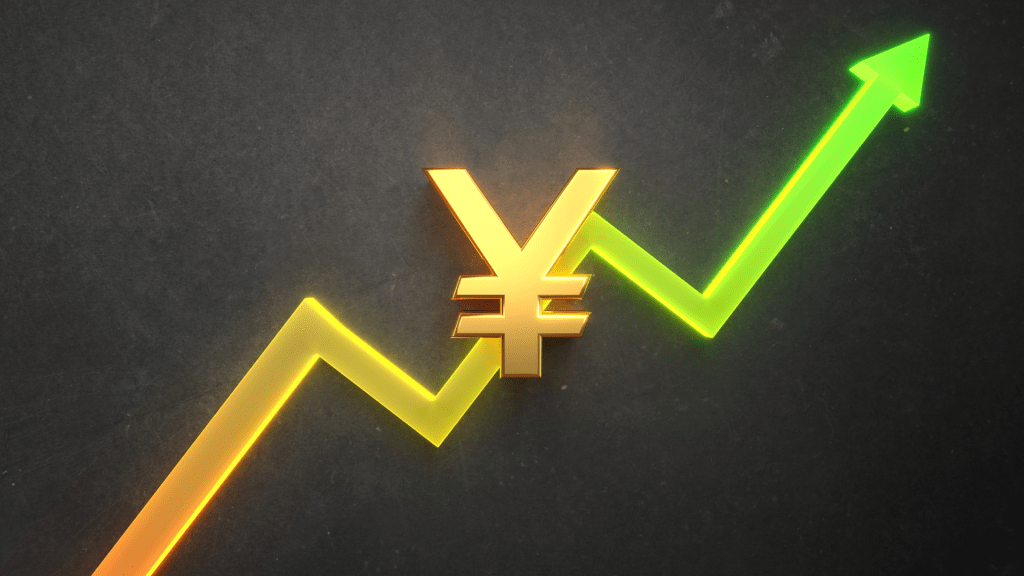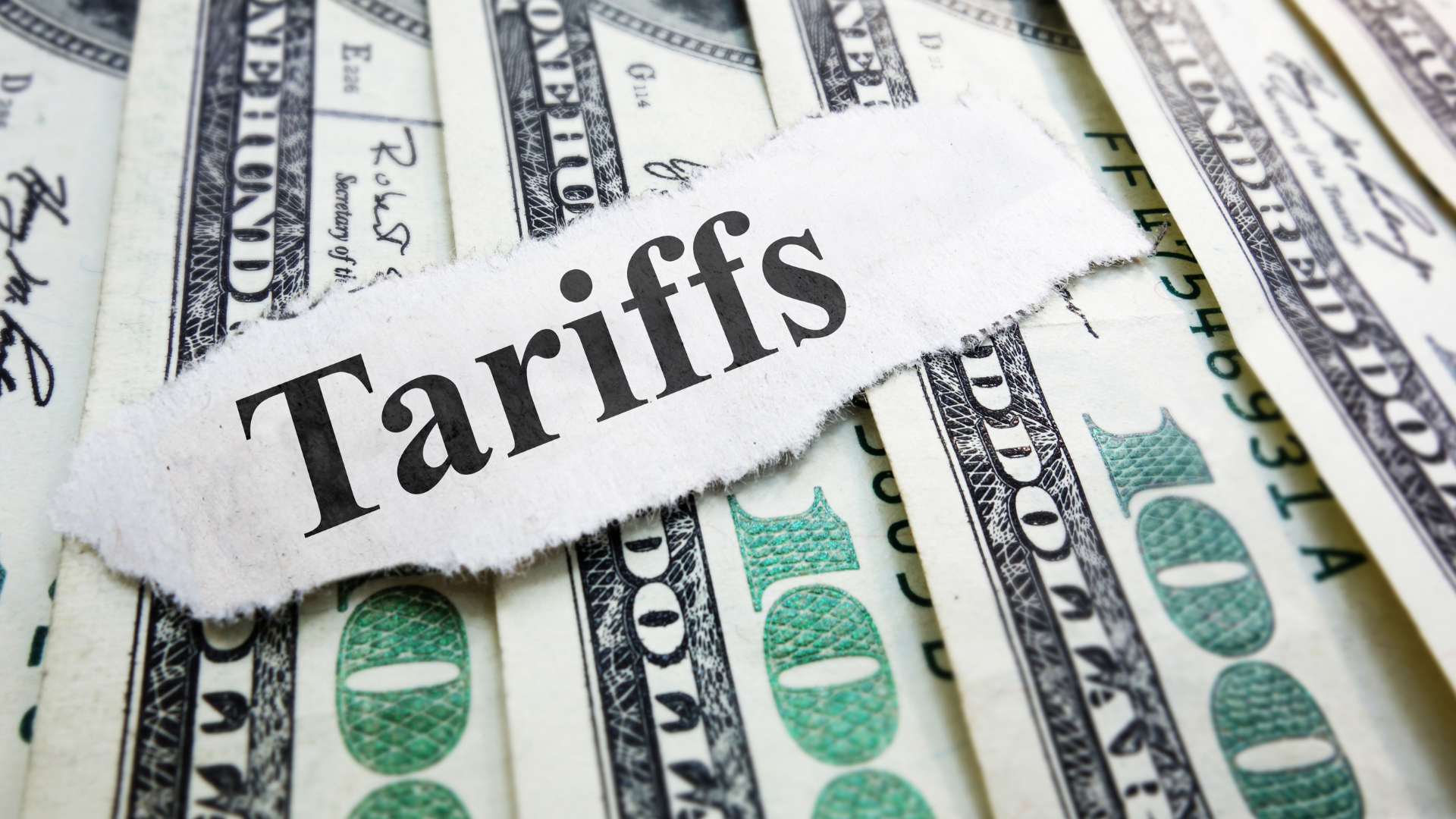Index of content
Firstly, what is a Carry Trade?
A carry trade involves borrowing money in a currency with low interest rates (such as the Japanese Yen) and investing the proceeds in higher-yielding assets (such as US stocks or the US Dollar). The aim is to generate profit from the difference in interest rates, but (as more traders join the trade), additional profits can be made through capital appreciation (in this case, from the rise in US stock markets or the USD-JPY rate).
In recent years, US interest rates have risen significantly, and Japanese interest rates have stayed stubbornly low, around zero percent. As a result, investors have been borrowing Yen to buy US Dollars, hence the USD-JPY rate has risen from 102 (yen per dollar) in early 2021 to hit a 38-year high at 162 in July 2024. This is a perfect environment for a carry trade.
However, it is important to understand that the carry trade is a relatively high-risk strategy, and for it to continue to work, the interest rate differential needs to stay high.
Unwinding the Carry Trade
The unwinding of the Yen carry trade refers to the process where investors reverse their initial carry trade strategy. The significant issue here, is that, while the creation of the carry trade is generally a calm and gradual process, the unwinding of the carry trade is often more violent and volatile as investors rush to the exits.
Recently, we’ve seen a perfect storm of triggers to reverse the current Yen carry trade:
- Interest rates in Japan have increased and US bond yields (reflecting potential US interest rates) have collapsed. Since the cost of borrowing Yen is getting more expensive and returns from the dollar are reduced, the interest rate differential has narrowed. This reduces the carry trade profitability and forces investors to exit their carry trades by selling USD-JPY aggressively in the forex market.
- Stock markets have also faltered recently as investors withdraw their money (borrowed in Yen) from the high-yielding, high-performing US stock markets. Volatility has also increased significantly in recent days, due to a combination of factors: political instability, global economic uncertainty, increasing tensions in the Middle East and the realisation that AI may not be the solution to all the world’s problems. This uncertainty has led investors to seek safer investments, thus unwinding their (riskier) carry trades.
As market conditions have changed, investors have aggressively reversed their Yen carry trade positions. This has resulted in a weaker US dollar and a very strong Yen (as investors buy back Yen to repay their loans), pushing USD-JPY lower. It has also pushed the US stock market sharply lower, which has spread to all stock markets across the world.
The unwinding of the carry trade has led to some sudden and significant volatility in currency values and stock markets, which in turn may severely affect economic stability. It will be interesting to see how the Fed reacts to the recent volatility, with many commentators expecting an emergency interest rate cut in the US in the coming days.
In summary, the Yen carry trade has been a significant driver of financial markets in recent months and years, and the unwinding of this trade has caused some significant market disruption across stocks and currencies. It is also a good illustration of the interconnectivity between global financial assets, and an understanding of the dynamics of the carry trade is important in helping to appreciate the broader global financial market movements.





